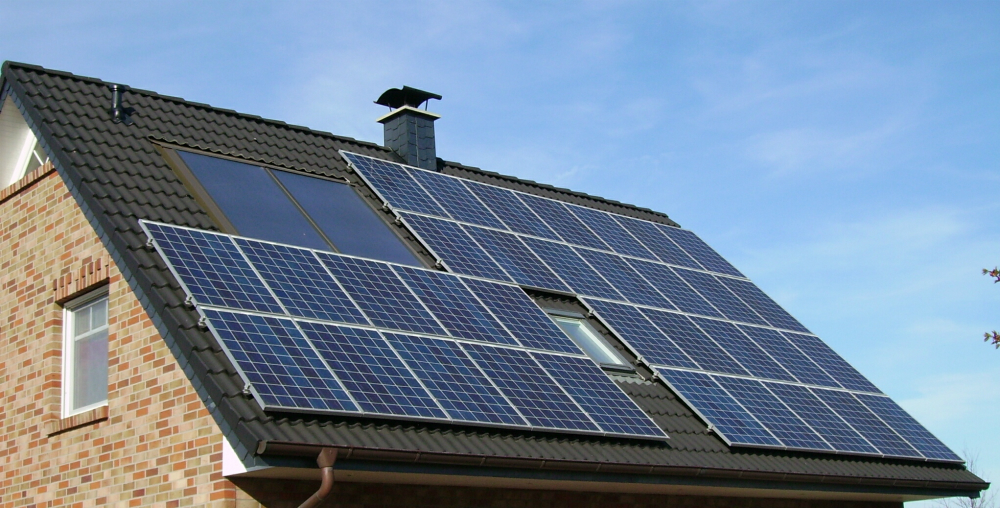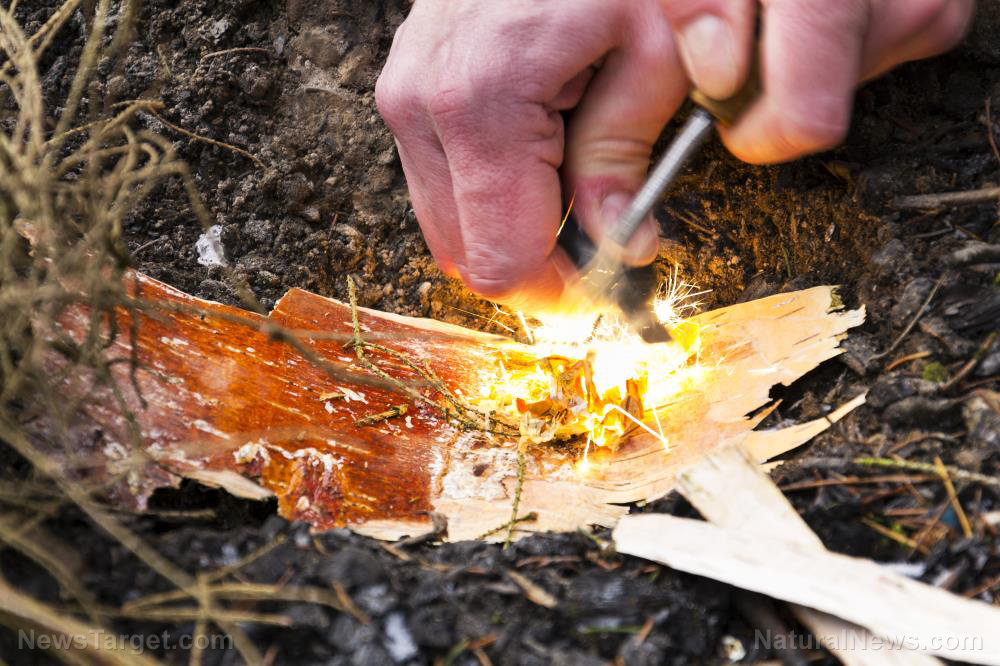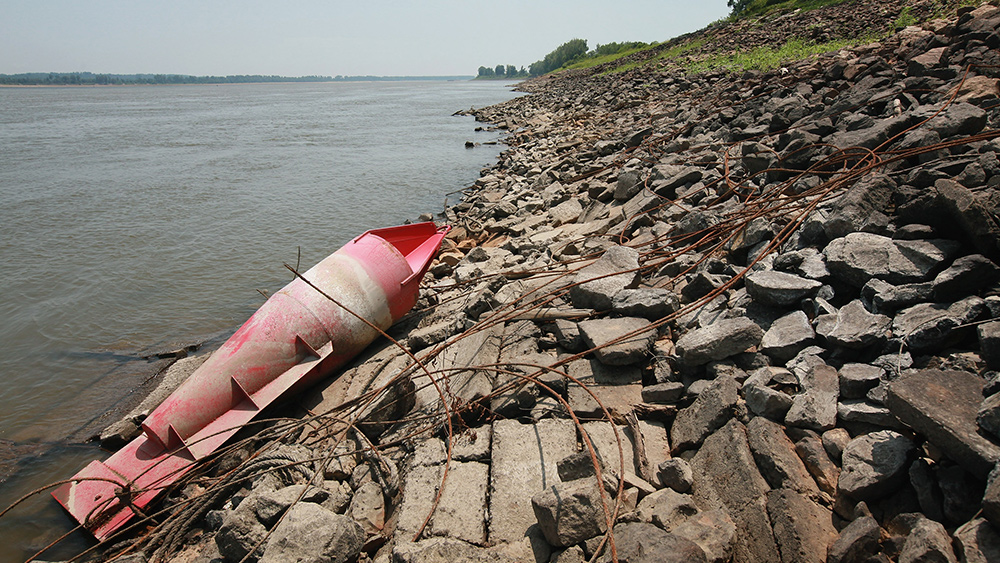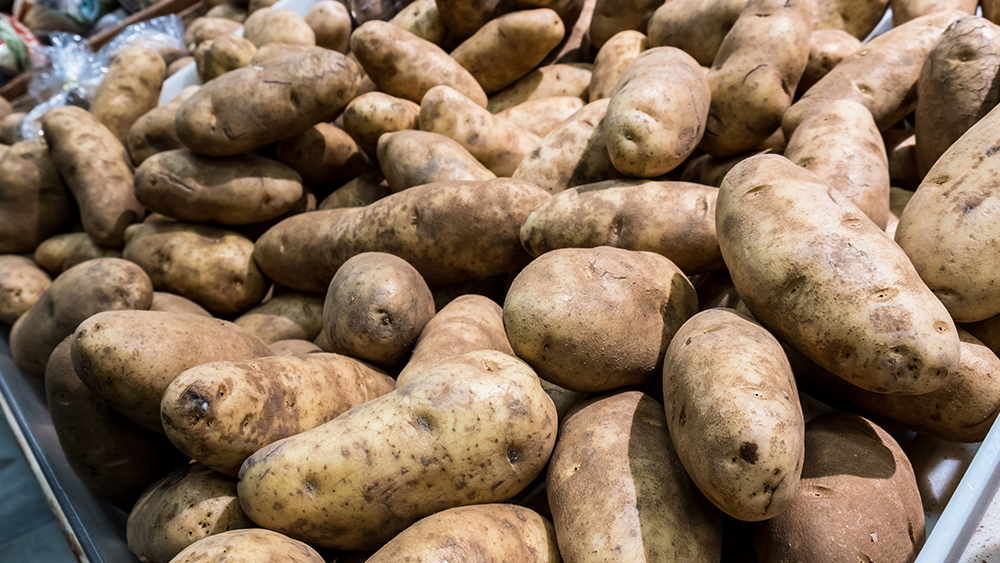
What is vermicomposting?
Vermicomposting is a form of composting that uses worms, usually red wigglers, white worms and earthworms, to help break down organic matter. Unlike traditional fertilizers, the worm castings or organic matter processed by the worms will provide nutrients to your plants without burning the roots. The two main vermicompost systems are tray-based and continuous flow. The tray system has multiple containers stacked on top of each other. You add food to the top tray until it is full, then switch to the next one until all containers are done. Meanwhile, the continuous flow system is a single container or bag and you add food to the top. After the process is done, you can remove castings from the vermicomposting bin and add them to your crops. Using vermicompost can help improve yields and boost plant health. When SHTF, you can use vermicomposting to produce an endless supply of fertilizer for your garden. Additionally, vermicomposting accelerates the composting process. A traditional compost heap can take as long as several months or longer before vegetation will decompose. With vermicomposting, worms significantly hasten the process to produce one of the best organic fertilizers you can use in your garden. Vermicomposting can also help you save money since you won't need to buy commercial fertilizers anymore.Vermicomposting basics
Some people believe that large night crawlers are the best choice for vermicomposting, but red wrigglers are the better choice. The smaller earthworms are sometimes called red wigglers (Eisenia fetida) or redworms (Lumbricus rubellus). Night crawlers need soil and they also produce dirt. Note that red wigglers and red worms are different. These two species are great worms for vermicomposting because they prefer a compost environment instead of plain soil and they are easy to keep. Worms that feed on vegetable waste, compost and organic bedding produce richer castings than worms that feed on plain soil like night crawlers. While night crawlers are great at aerating the soil, they don't add much nutrient value to fertilizer. It's best to use redworms and red wigglers. To get started immediately, buy your worms from an online retailer. Otherwise, it may take you a while to harvest worms from the soil around your location. Harvested worms will eventually reproduce, but buying them in bulk online is ideal if you want to start without waiting too long. (Related: Home gardening basics: Why you should start making DIY fertilizer for your garden.)Standard vermicomposting designs and containers
You can use different shapes and materials for vermicomposting. You can also personalize the setup based on your preferences. Below are some standard vermicomposting designs:- A 5-gallon Bucket with a lid is easy to set up. You can place it under a sink or on a patio.
- A plastic bin with a lid is the easiest to do, but the material must be opaque, not clear.
- A Styrofoam box can be acquired from grocers, pet supply stores, or online stores. This option is ideal for temperature management.
- A wooden box with a lid can be customized depending on your preferred size.
- Lastly, you can buy a specially manufactured vermicomposter. This option can be expensive but it is well-designed. It may also come in a kit for vermicomposting.
Vermicomposter design concept
There are five important factors for a successful vermicomposter design:- A container that can hold the worm bedding and composted material.
- A lid or other cover like burlap to maintain moisture and prevent fruit flies or other insects from getting into the vermicomposter.
- Properly placed holes to drain excess water and for air circulation.
- Pieces or sections of screening material over air-circulation holes. This will prevent fruit flies or other insects from entering and compromising the vermicomposter.
- Air space under the container to allow for effective drainage and air circulation. This also helps prevent the worms from escaping through the drainage holes.
How does vermicomposting work?
For vermicomposting to work, you must create a comfortable and healthy environment for a worm population and regularly feed them compost materials like vegetation. On average, one pound of worms can convert a pound of vegetation into a pound of composted worm castings every day. This means you must consistently add vegetation to the vermicomposter if you want a regular supply of vermicompost. Kitchen scraps are great if you need worm food. You can use the following for your vermicomposter:- Banana peels or the peelings from non-citrus fruits and vegetables like apples, carrots, cucumbers, melons and squash.
- Trimmings from leafy vegetables.
- Root ends and leaves from broccoli, cabbage, cauliflower or other large stemmed vegetables.
Harvesting worm castings
Once the composting is done, you can finally harvest the worm castings. Follow these tips to make sure you only harvest the castings and not the undecomposed vegetation and newspaper or worms:- It's time to harvest the casting once there is an over-abundance of castings in the vermicomposter.
- Start by harvesting the side of the vermicomposter that looks like it has the most worm castings with the least amount of undigested vegetation.
- Next, take a few handfuls of castings and form them into a cone-shaped pyramid on a board or tarp.
- Make as many pyramids as you can harvest. The mounds should be at least four to five inches high.
- Set the pyramids aside for at least 30 minutes. Choose a well-lit area that is shaded from the sun.
- After 30 minutes, any worms caught in the little pyramids will have migrated down and towards the center of the cone to evade the light.
- Grab and cup the worm-free castings from the top and base of the pyramid, then fill your worm casting bucket. If you find a worm or two, put them back in the vermicomposter.
- If you find a lot of undigested newspaper or vegetation, put it back in the vermicomposter or try scooping castings from a different area. Another option is to screen out large bits of newspaper and vegetation. If you don't want to make a mess, wait until you have a good bin of castings.
How to use vermicompost
Here are some of the many ways you can use vermicompost in your home garden:- Sprinkle vermicompost on the top of the soil to help nutrients work their way down to the roots of the plant.
- If you have a new plant, mix vermicompost with regular topsoil. This requires more compost, but it is great when you're potting plants.
- When you have seeds, combine vermicompost with the seed starting mix to help the seedlings grow.
- Brew the vermicompost to make "tea," then spray the liquid fertilizer on your plants to protect them from airborne diseases.
More related stories:
Home gardening tips: A beginner’s guide to composting. Homesteading done right: Chicken droppings composting guide. Soils are healthier when they are treated with organic fertilizer: Study. Sources include: HomesteadSurvivalsite.com AZDEQ.gov ThrivingYard.com Brighteon.comUS sees rapid growth in number of preppers, around 15 million Americans now actively prepping
By Kevin Hughes // Share
Survival essentials: 9 Off-grid appliances for your homestead
By Zoey Sky // Share
Survival basics: 5 Essential firestarting skills for preppers
By Zoey Sky // Share
Major rivers all around the world experiencing drought at the same time: WHY?
By Ethan Huff // Share
Food prep and storage tips for your emergency food supply
By Zoey Sky // Share
These bacteria can support crop growth even under dry conditions
By Franz Walker // Share
An invisible assault: How everyday heavy metals sabotage brain health
By willowt // Share
Pentagon warns of China's rapidly expanding nuclear arsenal
By kevinhughes // Share
FCC grounds new Chinese drones in sweeping security move
By avagrace // Share
The methylation switch: Scientists identify diet that can turn back the cellular clock
By jacobthomas // Share
Renaissance or Ruin: A wake-up call for cultural revival and self-sufficiency
By kevinhughes // Share
Weight loss in midlife may trigger brain inflammation, study finds
By avagrace // Share











